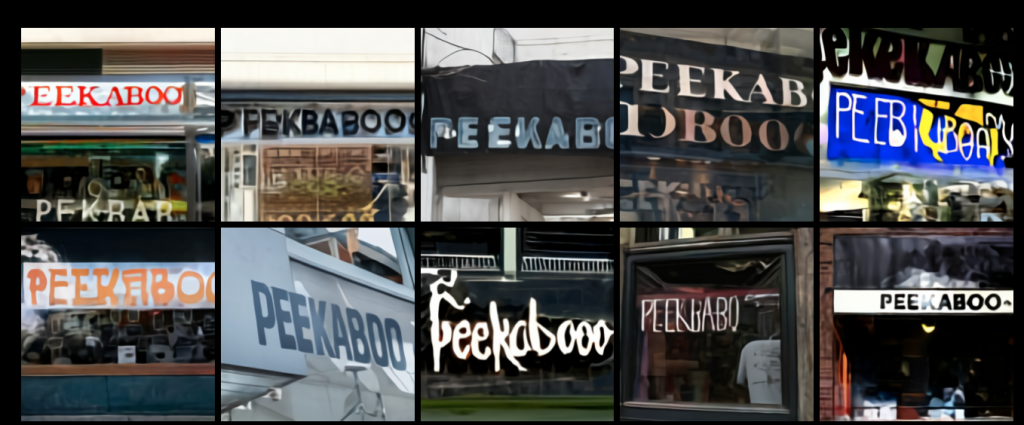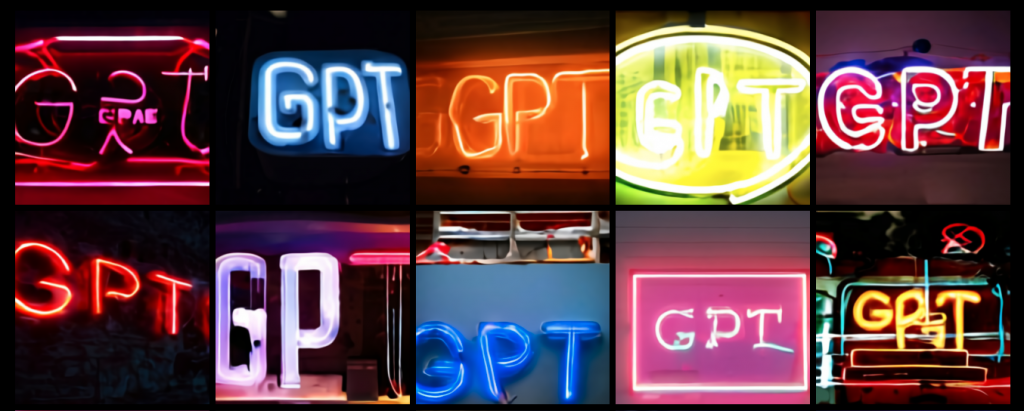Last week, I, purely coincidental, found a neural network called DALL·E which made me realize how exciting the future can be but also made me question several things. For the first time I came across something that really made me realize what the additional value of GPT-3 can be. Before, I saw some funny stuff that GPT-3 was able to do, but DALL·E written with GPT-3 actually can really add value. First, what is DALL·E? According to the creators, a company called OpenAI, “DALL·E creates images from text captions for a wide range of concepts expressible in natural language”(DALL·E: Creating Images From Text, 2021). In simpler words, the company trained a program to generate images from text descriptions.
To me, this sounded like it might be very useful in finding and/or creating pictures for different situations. But, I could not have imagined how impressive this machine was when I tried it out for the first time! It is unbelievable of what the program is capable to do. For example, if you ask the engine to create a picture of “a store sign with ‘peekaboo’ written on it”, results in the following pictures:

Or “A neon sign that reads GPT, gives the following images in just a couple of seconds:

If you want to test the possibilities of DALL·E and be as impressed as I was and still am, have a look yourself via https://openai.com/blog/dall-e/
Thanks to GPT-3 now, but in general the development of technologies has resulted in several very impressive and useful software and applications. However, to me the question is how we bring these technologies to the wider public? How are we going to get more people interacting with these new developments? This would only accelerate the developments and would lead to even better and more useful applications. What do you think? How can developers achieve this and what do you think will be the big breakthrough for GPT-3?
References:
DALL·E: Creating Images from Text. (2021, January 5). OpenAI. Retrieved 4 October 2022, from https://openai.com/blog/dall-e/


Hi Floris,
thank you for your exciting contribution to this blog! Wow, that engine looks amazing. I’m also impressed by the wide variety of sings the engine came up with for “peekaboo”. What amazes me most, but this may be coincidental, is that “peekaboo” for me has some spooky connotation, like the thrill of playing hide-and-seek, ghosts or Halloween (could just be me), and one of the images even has a “spooky” font used for the sign. Do you think the engine factors in connotations, or meaning of words, when coming up with signs? That would be interesting!
The AI used by DALL-E is not new, but the ease with which it works is incredible. I am left with a few questions and ponderings:
Do you think AI utilizing engines could be the next designers of the world? Especially with the metaverse making its way into our lives and business, would these AIs put human designers out of business? The speed and variety with which they work cannot be replicated by human hands. Or is the AI limited, and is the human, creative brain actually irreplaceable?
I think these questions are considerations that have been around for decades, with the start of computer learning and robotics making its way into manufacturing processes. But those were repetitive, programmable tasks. In a way, creativity is programmed in our brain as well, and can be either stimulated or deprived. I wonder what breakthrough it may take before we can track the neuro-networks and replicate them in AI or robotics, to have creative work done by machines. Or do you think by that, we give away too much of our control? Will the human race ever take that leap?